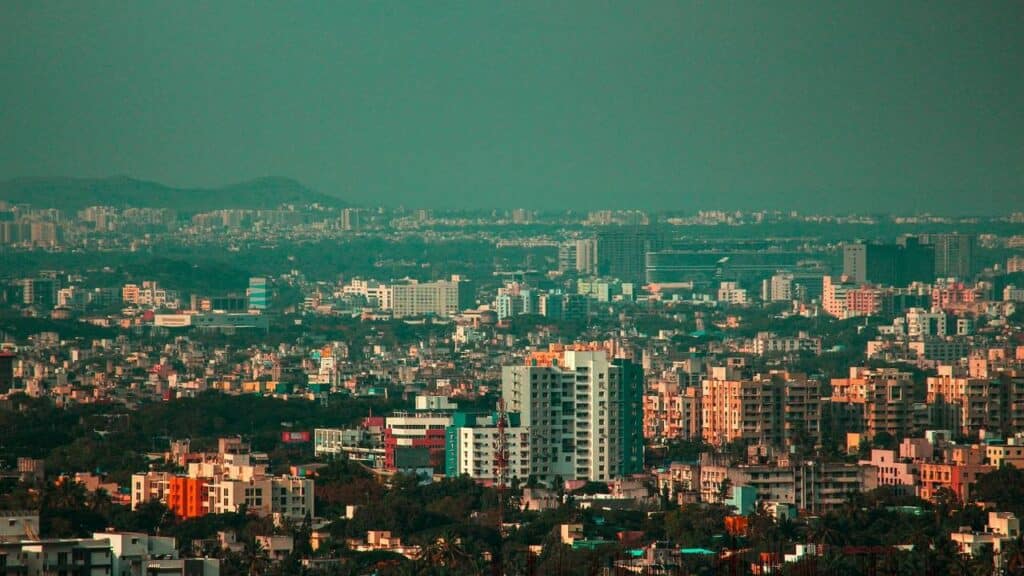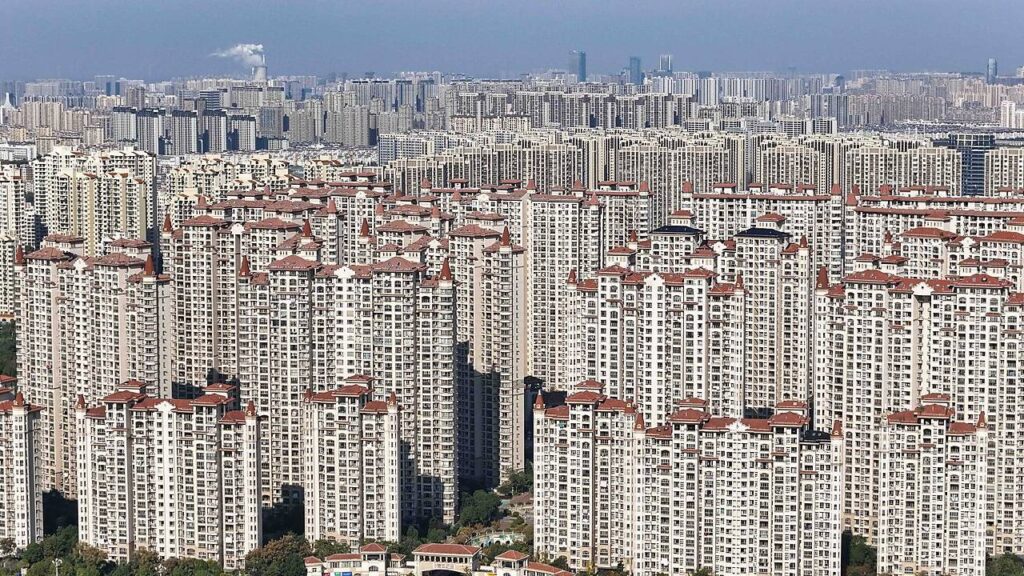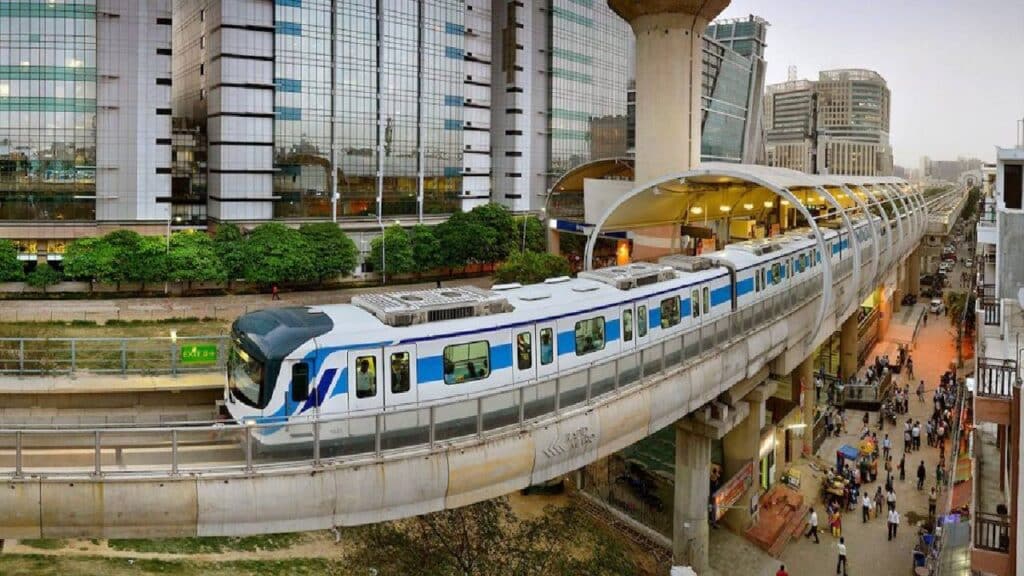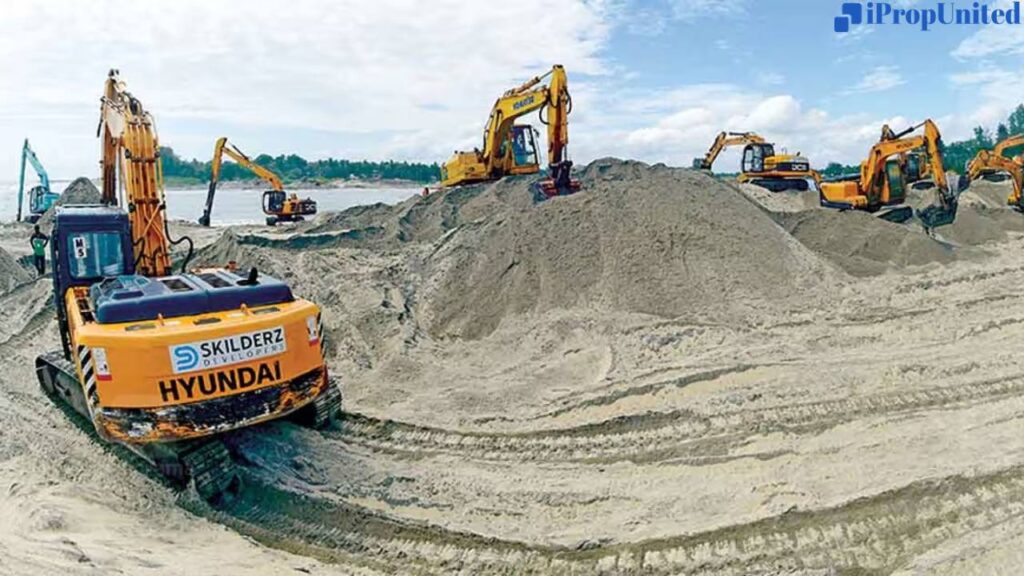The latest report by property consultant Knight Frank India reveals a significant uptick in both the housing and office segments across eight major cities in India during the January-March period of fiscal year 2024. According to the ‘India Real Estate: Office and Residential Report (January-March 2024)’, released via webinar, housing sales witnessed a notable 9% annual increase, while office demand soared by an impressive 43%. This surge is attributed to heightened demand for luxury residences and premium workspace.

The report highlights a range of growth in housing prices, varying from 2% to 13% annually across cities including Delhi-NCR, Mumbai, Chennai, Kolkata, Hyderabad, Bengaluru, Pune, and Ahmedabad. Similarly, office rent experienced growth ranging from 1% to 9%.
In terms of figures, housing sales across the eight cities surged to 86,345 units in January-March, compared to 79,126 units in the same period last year. Concurrently, the gross leasing of office space rose by 43%, reaching 16.2 million square feet compared to 11.3 million square feet in the corresponding period of the previous year.
Commenting on the report, Shishir Baijal, Chairman and Managing Director of Knight Frank India, expressed optimism about the real estate market’s performance, noting robust growth in both the office and residential sectors. Baijal emphasized the significant surge in the housing segment, particularly in the higher price category of Rs 1 crore and above, reflecting buyers’ confidence in long-term commitments.
Baijal highlighted the sustained upward trajectory of the office sector, fueled by the country’s economic stability and the expansion plans of businesses operating in India. He noted a return to conventional office setups, with many companies reducing or discontinuing work-from-home policies, thereby further boosting demand for office spaces.
Expecting continued robust activity in the future, Baijal pointed to stable economic policies and favorable domestic conditions as key drivers of growth.
The report provides city-wise insights, showcasing Mumbai’s 17% rise in housing sales and a 29% increase in office leasing. Delhi-NCR saw a marginal 1% increase in housing sales and a significant 19% rise in office demand. Bengaluru experienced a slight dip of 2% in housing sales, while office demand remained flat. Pune witnessed a substantial 14% growth in housing sales and more than a two-fold increase in office demand.
Hyderabad witnessed a notable 15% growth in housing sales and a remarkable three-fold increase in office demand. Ahmedabad saw an 11% rise in residential property sales and an 18% increase in office demand. Chennai and Kolkata also witnessed growth in housing sales by 8% and 12% respectively, with Kolkata experiencing a decline in office demand.
The report also sheds light on trends in the office market, indicating that Indian businesses remain the primary drivers, constituting 37% of office demand. Global Capability Centres (GCC) and flex space operators also played significant roles in office demand.
Regarding the housing market, the report highlights a significant increase in sales in the Rs 1 crore and above ticket-size segment, indicating a growing demand for larger living spaces and an upgraded lifestyle. The weighted average prices have appreciated across all leading markets, with Hyderabad witnessing the sharpest rise at 13% year-on-year.
Overall, Mumbai retained its status as the most expensive market with an average price of Rs 7,891 per square foot.
Follow and Connect with us: Twitter, Facebook, Linkedin, Instagram














